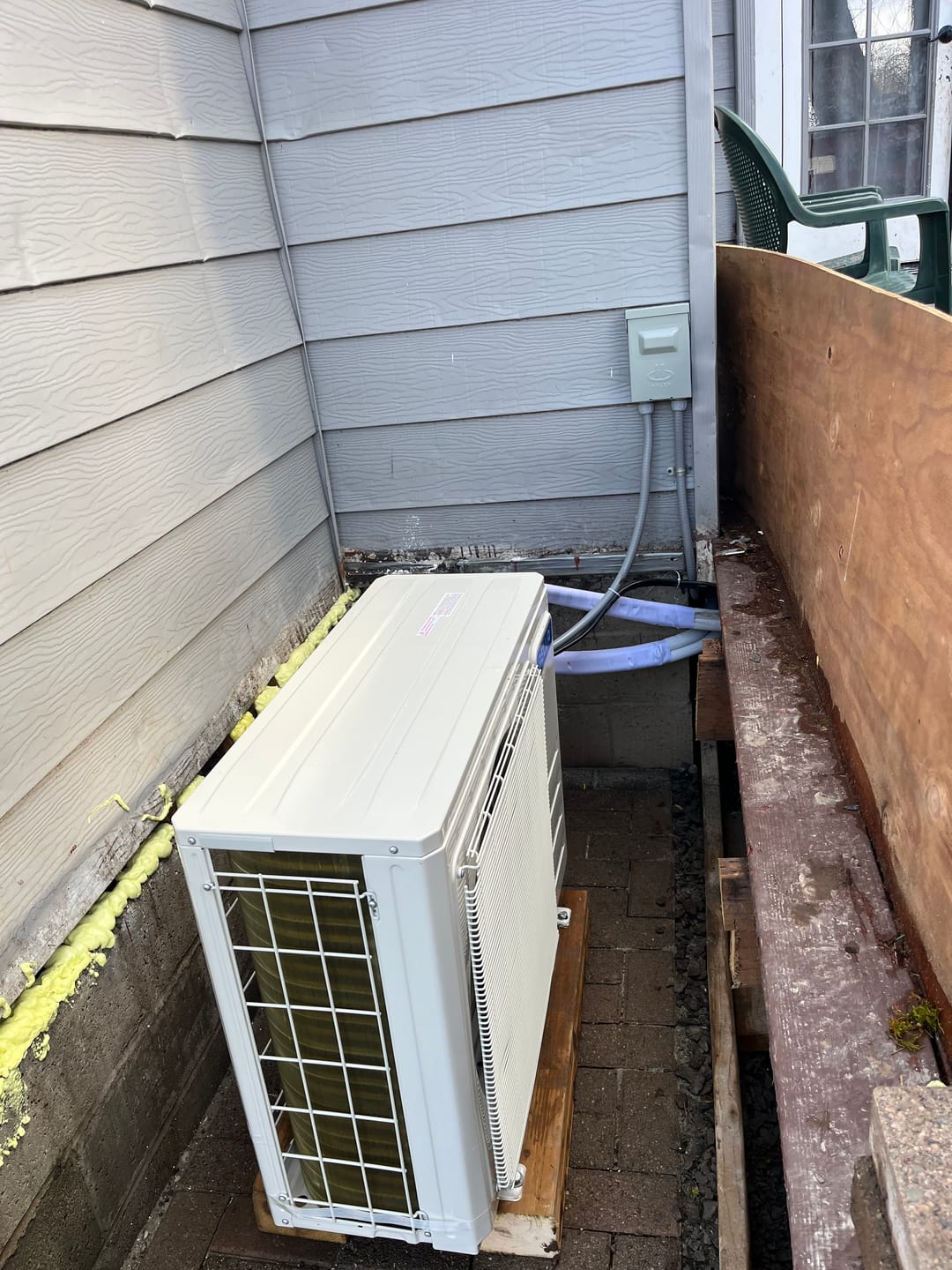When it comes to home comfort, homeowners often weigh the choice between mini split hvac systems and traditional central heating. Each has its advantages and drawbacks, but understanding how they compare can help you make the best decision for your home.

What Is a Mini Split HVAC System?
A mini split HVAC system, also called a ductless mini split, consists of:
-
An outdoor condenser/compressor unit
-
One or more indoor air-handling units
These systems transfer heat and cooling without the need for ducts, delivering air directly into the room. Mini splits are often equipped with inverter technology for energy-efficient performance and can provide both heating and cooling, making them a versatile solution year-round.
What Is Central Heating?
Central heating systems distribute warm air throughout the home using a network of ducts connected to a furnace or boiler. Traditional central heating relies on a single thermostat to control the temperature for the entire house, providing consistent warmth but limited zone control.
Key Differences Between Mini Splits and Central Heating
1. Ductwork
-
Mini Split HVAC: Ductless; delivers air directly to each room via indoor units.
-
Central Heating: Requires ducts to distribute warm air; duct leaks can cause energy loss.
2. Zoned Comfort
-
Mini Split HVAC: Each indoor unit operates independently, allowing customized temperatures for different rooms.
-
Central Heating: Typically controlled by one thermostat; all rooms are heated to the same temperature.
3. Energy Efficiency
-
Mini Split HVAC: High efficiency thanks to inverter technology and no duct losses; ideal for energy-conscious homeowners.
-
Central Heating: Duct losses can reduce efficiency, and older furnaces may consume more energy.
4. Installation Flexibility
-
Mini Split HVAC: Ideal for homes without existing ducts, room additions, or spaces where traditional central heating is difficult to install.
-
Central Heating: Best for new construction or homes with existing ductwork; retrofitting older homes can be costly.
5. Initial Cost vs. Long-Term Savings
-
Mini Split HVAC: Higher upfront cost per unit, but potential long-term energy savings and lower maintenance costs.
-
Central Heating: Lower initial installation cost if ductwork exists, but potentially higher energy bills over time.
6. Noise Levels
-
Mini Split HVAC: Very quiet indoors; noisy components are located outside.
-
Central Heating: Furnace fans and duct airflow can be louder, especially in older systems.
When a Mini Split HVAC Makes Sense
Mini splits are particularly well-suited for:
-
Homes without ductwork
-
Room additions or apartments
-
Homeowners seeking zoned temperature control
-
Households focused on energy efficiency and lower utility bills
When Central Heating Is Still a Good Choice
Central heating works best in:
-
Homes with pre-existing ductwork
-
Large homes where uniform temperature is preferred
-
Areas with extremely cold winters, where a high-capacity furnace may be required
Conclusion: Mini Split vs. Central Heating
Mini split HVAC systems offer flexible, efficient, and quiet comfort, with precise temperature control for individual rooms. In contrast, central heating provides uniform warmth throughout the house but can be less efficient and lacks zoned control.
For homeowners looking to save energy, add heating and cooling in specific areas, or retrofit older homes without ductwork, a mini split HVAC system is often the smarter choice. For larger homes with existing ductwork or where uniform heating is desired, central heating may still be the preferred option.